- Home
- :
- All Communities
- :
- Industries
- :
- Education
- :
- Education Blog
- :
- 2019 Esri Development Center Students of the Year
2019 Esri Development Center Students of the Year
- Subscribe to RSS Feed
- Mark as New
- Mark as Read
- Bookmark
- Subscribe
- Printer Friendly Page
The Esri Development Center (EDC) program confers special status and benefits upon a select few leading university departments and programs. EDCs challenge students to develop innovative applications based upon the ArcGIS platform and related elements of the geospatial technology ecosystem. One benefit of the program is a cash prize, certificate, and Esri Press book awarded to a Student of the Year named by each EDC. Here I’ll share brief profiles of 27 prize winners at 26 institutions, concluding with the one student selected as Esri's 2019 International Student of the Year.
Dorthea Leisman, University of Michigan
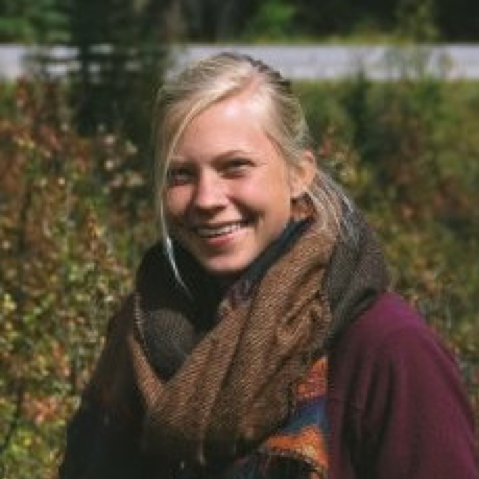
For her Masters project in Conservation Ecology and Environmental Informatics, Dorthea and a small team of students worked with the Center of Alaskan Coastal Studies Inspiration Ridge Preserve to incorporate baseline ecological data from fish surveys, drone vegetation and land cover assessment, camera trapping, and sound mapping into a management plan with lasting protocols. As part this overall effort, Dorthea focused on creating an innovative Geographic Information System (GIS) to monitor migratory sandhill crane populations using citizen science, and to provide a scientifically rigorous database for further population analysis. Her efforts involved developing a native mobile app using AppStudio with offline support, a web app, Operations Dashboards, a Story Map, and the underlying ArcGIS Online web maps and hosted layers to support it all.
Dorthea built a native app was built using AppStudio to record crane observations and organize data into a hosted feature layer. In addition to recording crane abundance and health parameters, it also has fields capturing measurements of user observation validity, such as time spent observing and confidence in observation accuracy. Photographs, sound clips, or comments can also be attached to individual observation reports. The native app also supports offline use, as Internet access is not always available to citizens in areas where they would want to record observations.
Dorthea Leisman's citizen science app
For users who cannot or prefer not to download the native app, a web app with the same functionality was created and hosted using ArcGIS Online, which uses the same feature layer as the native app to record observations. Historic data, from paper files, can also be added to this feature layer.
She then created a Story Map to provide step by step directions on how to fill out observations in either the native or web app. Links to this Story Map are embedded in the apps’ About and Help sections for easy access. The Story Map also provides general information on the history of the migratory crane populations in the area and the Kachemak Crane Watch organization.
Joseph C. Toland, University of Southern California
USC’s EDC selection committee chose Joe’s project “A Model for Emergency Logistical Resource Requirements in Los Angeles County” and the accompanying application he developed because it displays a novel and highly effective use of Esri tools. Joe developed this application as part of his USC Spatial Sciences Institute Master’s Thesis in GIST. The overarching goal of this work was to create a model integrated into a Web GIS application for Federal, state and local officials that addresses gaps in current preparedness in planning for an (M) 7.8 San Andreas Earthquake Scenario as per the Southern California Catastrophic Earthquake Response Plan. Such an event would require initial emergency resources to support from 2.5 million to 3.5 million people over an eight-county region in Southern California. Joe’s model and application identify locations of vulnerable populations “at-risk” for emergency logistical resource requirements. His work is novel because a model which considers social vulnerability, estimates of initial emergency logistical resource requirements as well as changing resource requirements over time has not previously been developed. Joe’s robust approach to the problem provides a public service and social benefit to disaster response planning by facilitating rapid identification of critical humanitarian needs over time in the event of a major earthquake in southern California.
Joseph Toland's earthquake risk assessment app
Frankie Albin, Rochester Institute of Technology
Frankie is a fourth-year student at RIT, where he’s studying Geospatial Computing and Global Development. He also has minors in both Geographic Information Systems and History and has also completed some graduate coursework in GIS.

Frankie completed an internship at Esri's Research and Development Center in Washington, DC in Summer 2018. During that internship, he worked on the spatial analytics team to create and integrate spatial analysis tools into ArcGIS Hub, with the goal of helping city governments better utilize their open data to improve their cities and the lives of their citizens. This included walkability measurements for cities, analyzing accessibility of city resources to public transportation and analyzing how well green-space in cities serves their residents in regards to socio-economic factors.
Poster for mapathon organized by Frankie Albin
On campus, Frankie has been involved in other GIS-related projects. Most notably the Missing Maps Mapathon held at RIT in March 2019 that he planned with the help of one of his professors. The mapathon was organized with the goal of engaging the RIT community, regardless of prior experience with GIS, both with GIS itself, as well as its global applications and how it can be used to help people around the world. The main function of the mapathon is to connect people at RIT with the need for maps in vulnerable communities around the world, so that those communities can have necessary maps and be better prepared for things such as disaster management.
Justin Dowd, Clemson University
Justin has been been working with researchers in the Department of Environmental Engineering and Earth Sciences who are exploring the potential for rooftop solar photovoltaic (PV) deployment in South Carolina. The project aims to identify suitable locations for rooftop solar across the state using remotely sensed imagery (e.g. aerial and/or satellite imagery) and machine learning coupled with CyberGIS. An initial assessment of Clemson's main campus has already been conducted, which identified a number of high-value locations. Justin is expanding on that analysis using known building footprints on campus and other training data to conduct supervised image classification to identify and calculate suitable rooftop area across the entire state of South Carolina.
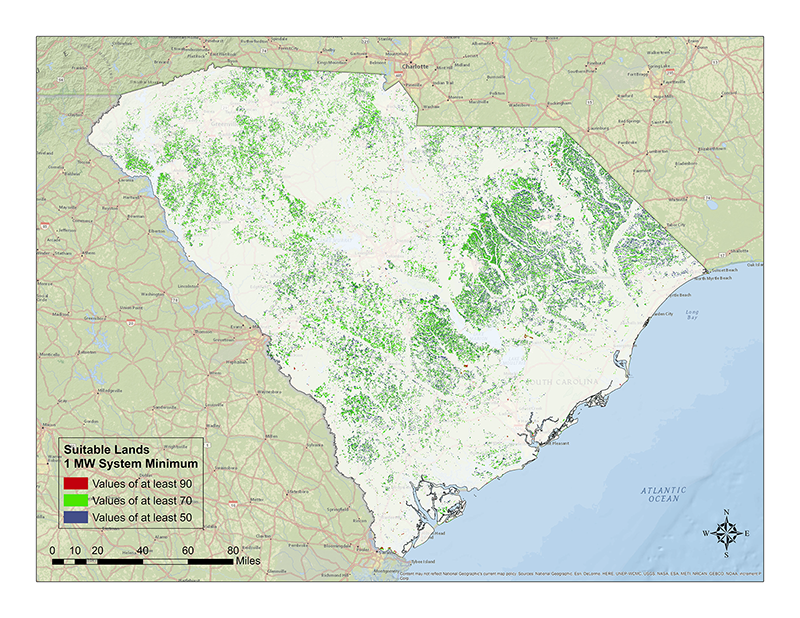 Best locations for generating solar energy at utility scale in South Carolina
Best locations for generating solar energy at utility scale in South Carolina
Brent Dell, University of Texas at Dallas
Brent’s project “SmartCampus 3D AR Viewer” aims to provide an immersive interaction with GIS data outside a typical GIS desktop platform. Currently users interact with data through interfacing their desktop computer. However, current trends are increasingly moving toward mobile applications and non-traditional visualizations. Brent built his viewer in the Unity environment utilizing a 3D GIS data object. Unity is a game engine that provides the ability to develop augmented reality apps using a pre-configured foundation such as ARcore, ARkit, or Vuforia. The core functionality revolves around implementing computer vision techniques to recognize surfaces or targets such that they may be used as anchors for placing a virtual model. The project is written in C#, Unity’s native language, and converted to Java (Android) on compilation and installation. Unity takes care of the installation, allowing for ease of use.
Brent Dell's SmartCampus 3D AR Viewer
Daniel Laumer and Hasret Gümgümcü, ETH Zurich
Daniel and Hasret share ETH Zurich’s Student of the Year award for their project “UrbanX - Urban planning in mixed reality.” Their goal was to develop a Hololens application to do urban planning in a mixed reality environment and provide a framework for making the whole process more efficient and immersive. The Microsoft Hololens is a pair of head- mounted mixed reality smartglasses, which lets the user place virtual holograms in the real world and interact with them using specific gestures. Their solution displays the buildings in a region of interest and lets the user access the attributes of each object in an easy and intuitive way. In addition, editing functionalities allow the user to freely make changes to the model. Daniel and Hasret used Open Data from the City of Zurich and Esri’s CityEngine to create 3D-models of the buildings. All processing and editing is done there. Since planning projects must often achieve certain goals (e.g., number of new residents), these goals are visualized as bar charts to indicate to the user how much of a goal has been achieved and what is still missing. This adds a gamification component and allows for a more playful and engaging experience.
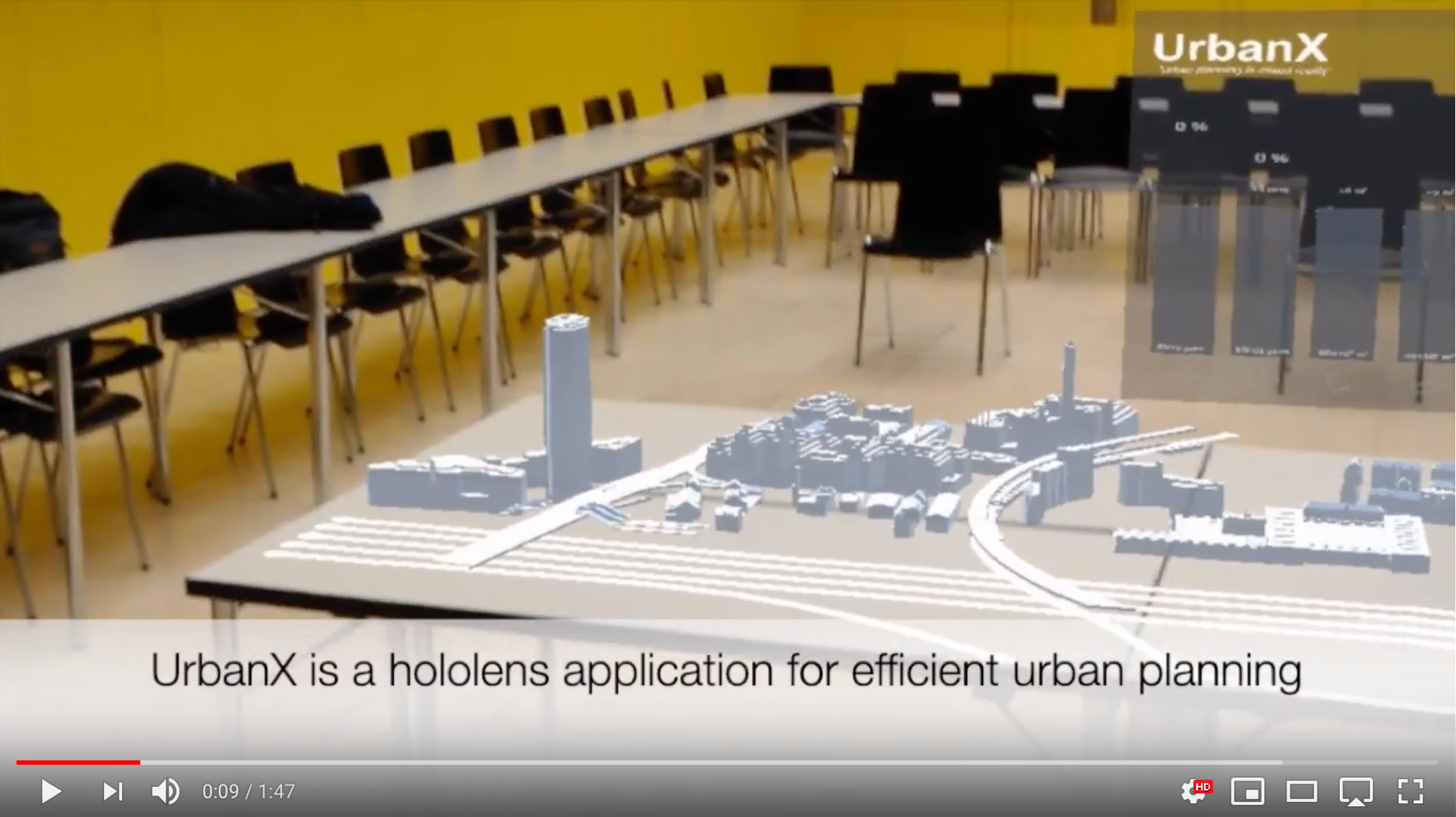
A frame from Laumer’s & Gümgümcü’s UrbanX project video overview.
Till Riemenschneider, Hochschule Bochum
Until recently, GIS environments rarely supported geologic modeling representations – such as topologically interrelated surface layers and volumetric solids or voxels in between, or 3D triangulations instead of traditional "2.5-D" surfaces to represent stratigraphic layers or discontinuities. Moreover, specific software capabilities such as drillhole data import, cross-section generation, or model consistency checks (e.g. surface/surface intersection) often are missing. To expand the capabilities of GIS for geologists, Till developed a "Geologic Toolbox" extension for ArcGIS platform during a work placement at ESRI Germany in Münster and a subsequent bachelor thesis in Applied Sciences.
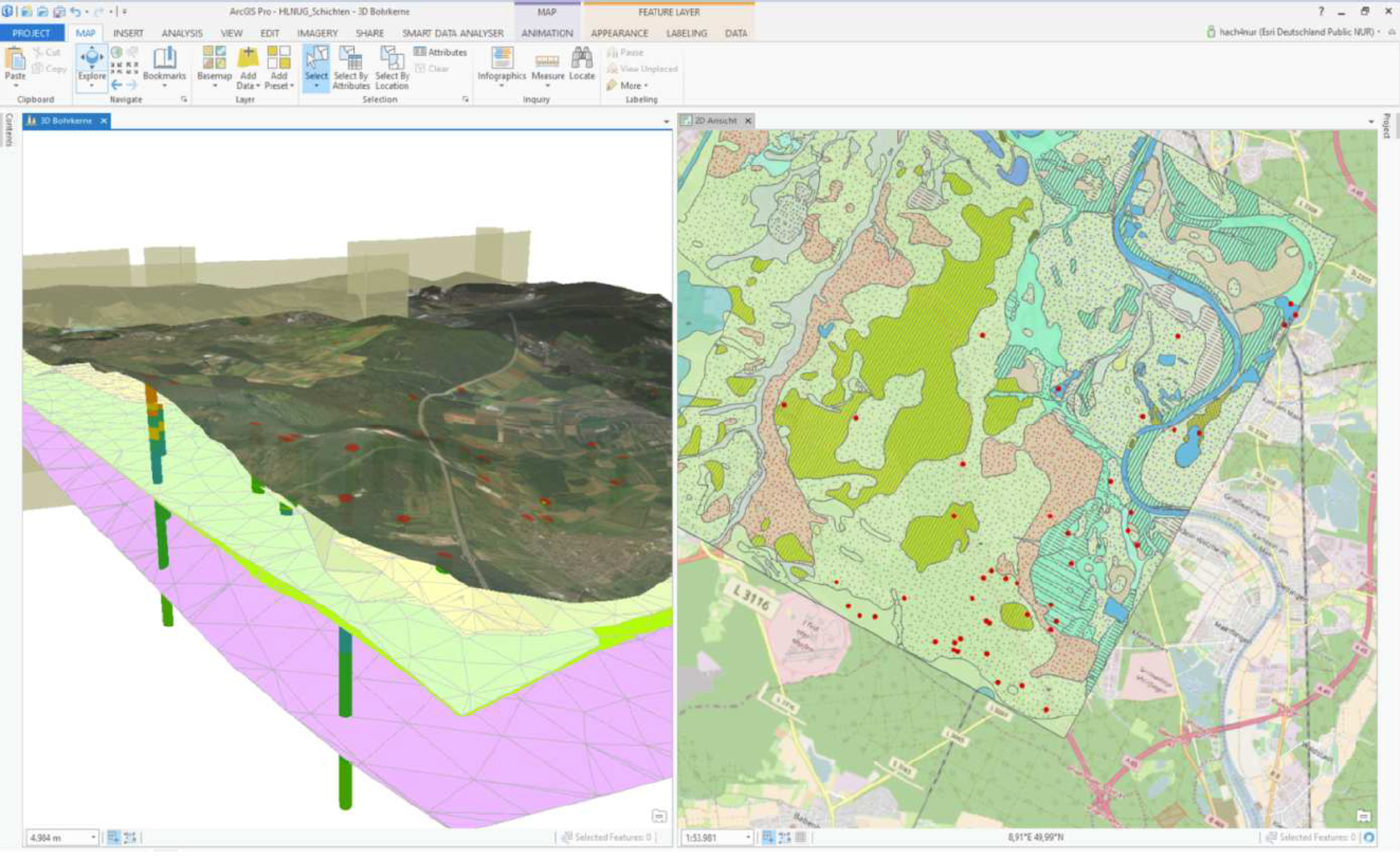
3D visualization enabled by Till Riemenschneider’s “Geologic Toolbox”
Florian Schöpflin, University of Salzburg

Florian’s MSc thesis Analysis of the potential of multimodal and intermodal mobility in the state of Salzburg aims to develop strategies for more sustainable mobility. He develops three geospatial models which use gridded commuter data including origin and destination and commuting purpose (to work or school).The models inform calculations of theoretical shortest routes of commuters in ArcGIS Network Analyst, using a network diagram derived from the Graph Integration Platform. Depending on the calculated distances, suitable modes of transportation are assigned to each route. In addition, commuters exceeding a certain threshold distance are assigned to intermodal trips and are further used to analyze the potential of stop locations for serving as multimodal hubs. Based on these findings, a theoretical modal split for sustainable transportation modes is created.
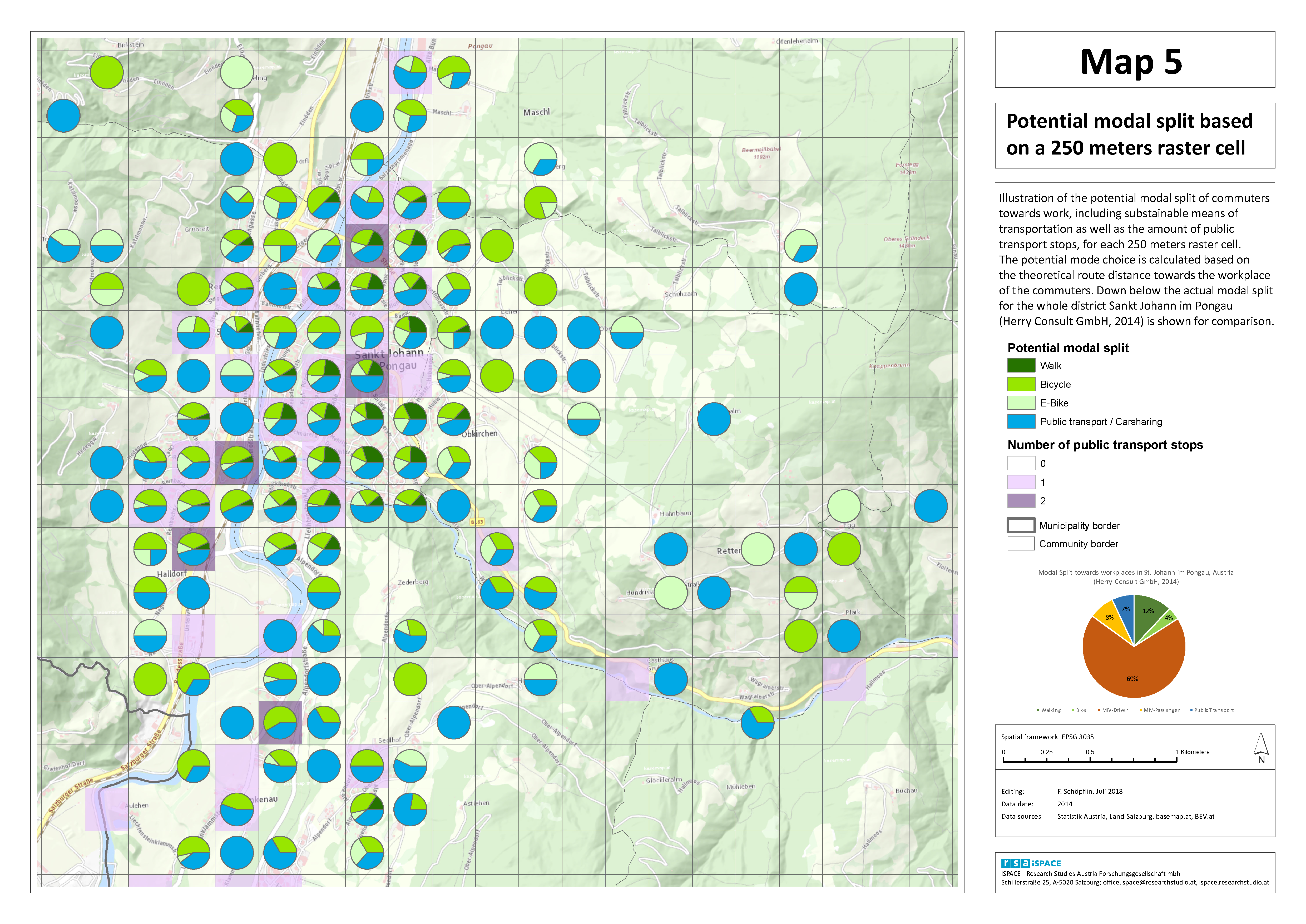 Florian Schöpflin’s map of “modal splits” for sustainable commuter mobility
Florian Schöpflin’s map of “modal splits” for sustainable commuter mobility
Michael Humber, University of Maryland
Michael’s dissertation topic, entitled “Multi-resolution analysis of global fire products using intercomparison and object-based approaches,” focuses on remote sensing and GIS methods for assessing the accuracy of global fire products at the individual fire scale in order to determine the distribution of fire sizes. He is funded in part under the NASA MODIS and VIIRS Burned Area product development projects and by the NASA Harvest Consortium (the NASA agricultural program). In addition to these projects and several others, he is the co-Principal Investigator of the GEOGLAM Crop Monitor for Early Warning, a monthly publication which monitors food production in lower income countries for the purpose of using geospatial data to identify food shortages early in the season.

Michael Humber
Michael also leads the development of the NASA Harvest Portal, another enterprise GIS platform which will promote the use of geospatial data for public and science data users by combining data discovery, access, analysis, and visualization. This effort has led to the development of a similar system for an international working group known as “Agricultural Monitoring in the Americas” which seeks to improve geospatial capacity in North and South America. He is also collaborating with several other UMD researchers and NASA’s Earth Science Data and Information System (ESDIS) project to explore the costs and barriers to implementing remote sensing workflows in the Amazon Web Services cloud architecture.
Justin Eddinger, Arizona State University

ASU selected Justin for his outstanding Masters capstone project “Invasive Weeds and Ecological Restoration Management Plan,” which he developed while working as an intern for the Tonto National Forest. After developing a custom spatial database and monitoring protocol, he used Collector for ArcGIS to inventory and map invasive plant species along 11 miles of the Lower Salt River in Mesa, Arizona. TJustin then generated a series of maps, proposed management areas, and management plans for restoration work pertaining to the removal of invasive plant species. This work served as the foundation as what has become the Lower Salt River Restoration Project.
Ali Bazarah, Claremont Graduate University
The number of Saudi students who study abroad has increased dramatically. So too has the number of charitable and non-profit organizations that provide fully-funded scholarships to qualified students. Together these trends have resulted in a lack of coordination between the organizations that grant the scholarships. The lack of coordination creates a problem of how to track students’ academic majors, and how to decide on what majors the country or the market needs. To address this problem, Ali designed a dashboard that contains data of students from different scholarship organizations. Using GIS tools, he’s building an online dashboard that connects non-profit organization, government, students, and companies in one platform that provide these stakeholders with information that satisfy their needs and help them to expedite and rationalize their decision-making process.
Zihao (Zach) Wu, Georgia Southern University
For his thesis research, Zihao has chosen a project to detect and extract roadside traffic signs using GIS, GPS, and machine learning technologies. Zihao presented some preliminary results of his thesis work at the 2018 ACM SIGSPATIAL conference in Seattle and published a conference proceeding with his thesis advisor, Dr. Xiaolu Zhou.
Prasanna Shrivastava, Harvard University Extension School
Agriculture accounts for ~18% of India’s GDP and employs more than 50% the workforce. However, agricultural yield in India is lower than the rest of world. Heavy dependence on monsoon rains for irrigation and lack of electricity in the rural areas are some biggest drivers. Only one third of India’s cropland is under assured irrigation. Solar water pumps present an unprecedented opportunity for agriculture sector as villages can get cheap and assured electricity for irrigation. Prasanna’s project identifies areas that are most feasible for solar water pump installation in India.
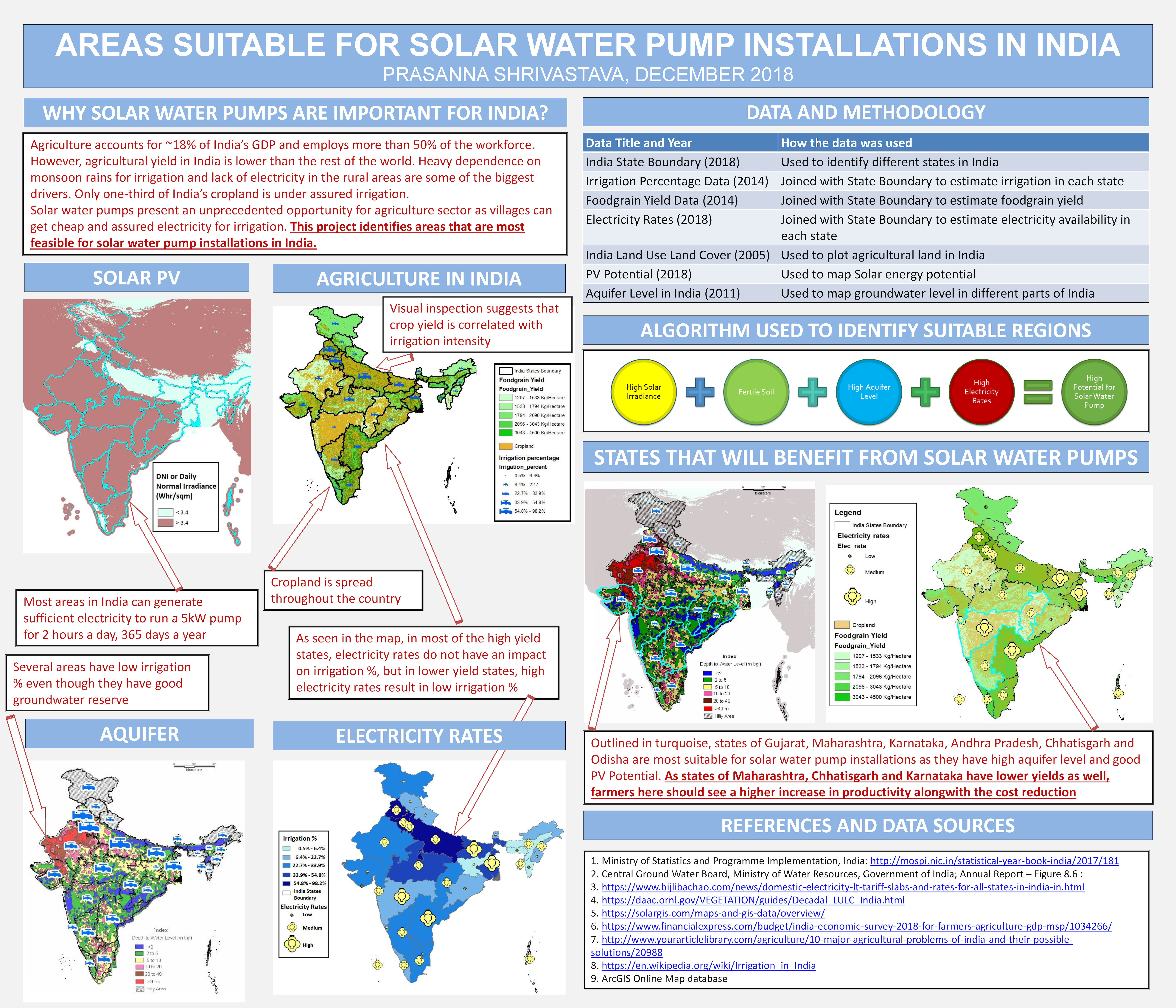 Project poster by Prasanna Shrivastava
Project poster by Prasanna Shrivastava
Lukas Weber, Karlsruhe University of Applied Research
Karlsruhe selected Lukas Weber as its 2019 Student of the Year for a tool he developed that supports the creation of a routable network (graph) and performs the Dijkstra routing algorithm on it. Lukas’ toolbox is an approach to demonstrate the capabilities of combining ESRIs ArcPy interface for spatial data manipulation with the scientific NumPy library. Spatial data is prepared in a tabular format using ArcPy and can then be processed faster due to the optimization of NumPy for tabular data. ArcMap is excellent as user interface for data input and
visualization of results.
Jason Matney, North Carolina State University
For his dissertation research, Jason built a decision support tool for the Rivers, Trails and Conservation Assistance (RTCA) program of the National Park Service (NPS). The RTCA functions as a collaborative link between the NPS and community land management organizations by managerially, technically, and financially supporting natural resource conservation projects across the United States. Managing all of these projects, though, can be complex––a task that Jason saw could be simplified through spatial techniques. A forthcoming Research Note in the Journal of Park and Recreation Administration catalogs his process of developing and deploying a suite of Esri web mapping applications for a workflow desired by the RTCA, from needs assessment to implementation to surveying client responses. This work demonstrates the utility of Esri products for a wide range of management applications. Jason is also interested in researching the relationship between national park service visitation forecasts and geotagged social media posts, and applications of artificial intelligence within Web GIS interfaces for emergency management.
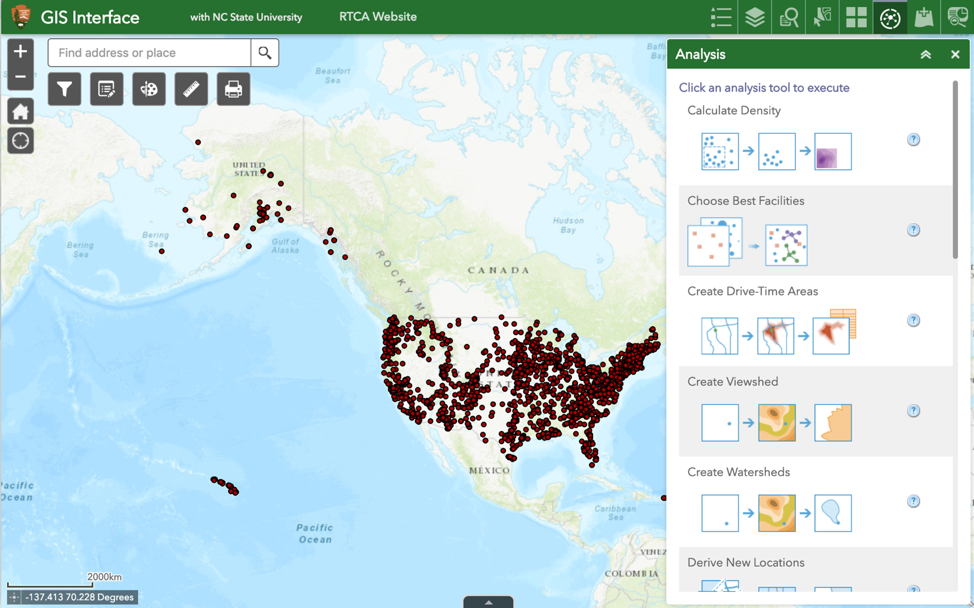
Web app developed by Jason Matney
Curran McBride, Penn State University
Curran presently works as a GIS Analyst with a consulting firm based in Portland, OR. The City of Portland (OR), home to an electrical utility client of Curran’s firm, has pledged to work toward meeting 100% of its electrical power needs through renewable sources by 2035. Using Lidar data and Esri solar radiation estimation tools, Curran is modeling rooftop solar potential across the city. An interesting additional component to Curran’s project is that he has access, through the electrical utility, to years of consumption data. Having access to the other side of the energy equation, he’ll be able to map the net energy consumption of the City’s buildings. Curran’s data products should prove to be of great use to the City as it works toward its goal. He’s using Python to automate his geoprocessing tasks and Esri’s JavaScript API to develop a web app for viewing his results. He will be giving a presentation on his work at the Esri UC this July.
Earlier in his career, he worked as a hydrographic survey technician on board the NOAA ship Rainier. Among his noteworthy geospatial accomplishments since beginning his Penn State education is the development of an Esri story map for the Save the Helo Campaign, a grassroots effort to prevent the loss of a Coast Guard helicopter serving the Newport, OR community due to funding cuts. Curran’s story map showed the hundreds of rescues made by this helicopter over several years and eventually found its way in front of the USCG Commandant and members of Congress.
Sayan Dey, Purdue University
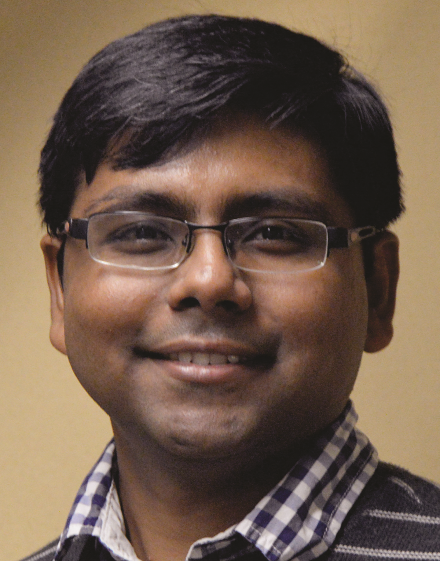
Sayan’s project – “Watershed-scale River Channel Morphology Model (W-RCMM): An ArcMap tool for Automated Generation of River Channel Geometry” – provides an efficient and inexpensive way to correct bathymetry-related errors in DEMs instead of the traditional field surveys and remote sensing techniques. The W-RCMM is a conceptual model that creates river bathymetry for the entire river network in a watershed using freely and available datasets including DEM, river centerline, channel boundary and depth. The model is an economical alternative to traditional field and remote sensing techniques. To implement the model, Sayan developed an ArcMap toolbar using ArcObjects for the Visual Basic .NET framework in Visual Studio 2010.
William “Liam” Lyle, Texas A&M University
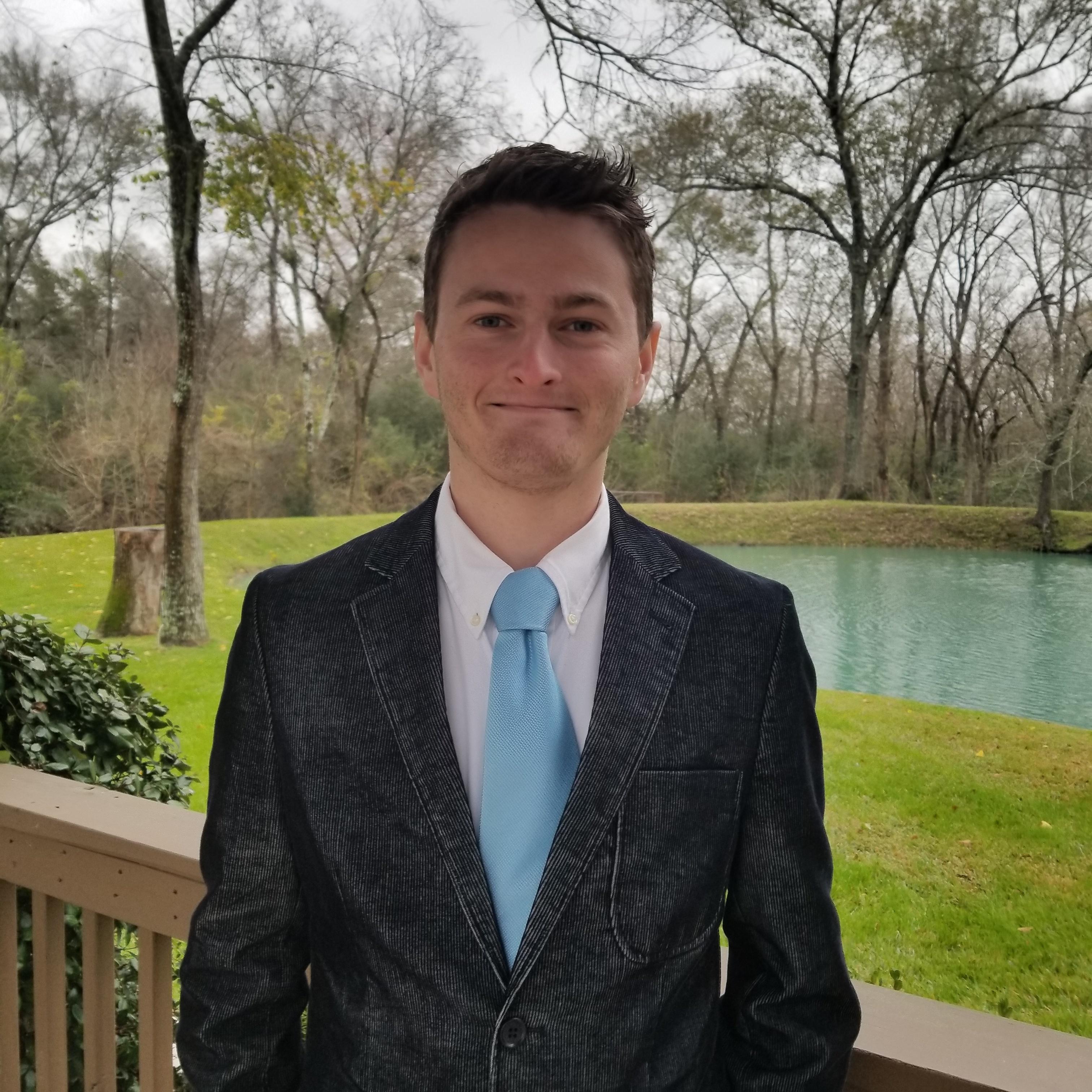
Liam is a sophomore undergraduate Geography major. He worked as an undergraduate mentor in Texas A&M’s CybHealthGIS Research Experience for Undergraduates (REU) program this past summer. Liam worked one-on-on with students from the diverse backgrounds of geography and GIS, computer science and engineering, and public health and life sciences to assist with the development and execution of independent research projects across many different types of geographic analysis. Liam was instrumental in teaching non-geographers the fundamentals of GIS, spatial analysis, and data management, and also helped his fellow students as they created and undertook their research plans during the 10-week program.
From a research perspective, Liam has been an invaluable member of Texas A&M’s indoor mapping initiatives. He’s been the team leader responsible for much of the work that the university has undertaken to convert BIM and CAD data into useable 3D indoor models within WebGIS and game-engine platform outputs (Unity and Unreal). In this role, Liam has led a team of two other undergraduate students and has single-handedly created and operationalized a series of Revit/CAD/FME/ArcPy workflows for automating the process of converting CAD and BIM models into true GIS data which can be manipulated by and used with modern tools and frameworks. He has recently presented this work at the Esri Dev Summit earlier this month, and gave a half day workshop at our 2018 TAMU GIS Day on the same topic.
Manuel Schmitzer, Vienna University of Technology (TU Wien)
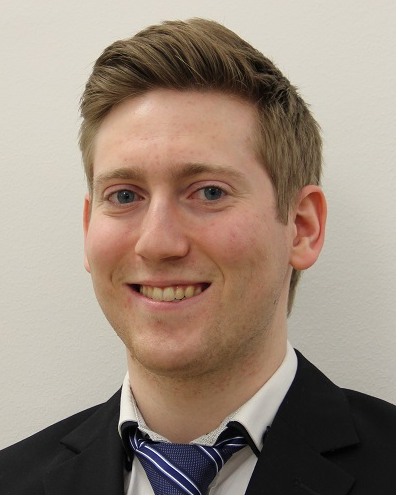
Manuel’s Diploma thesis focuses on the support of human self-localization by implementing appropriate assistance systems based on a viewshed analysis and image recognition. The results of his work are relevant for both research and industry.
Nicki Weimert, University of Applied Sciences Würzburg-Schweinfurt
For her bachelor thesis, Nicki Weimert developed a web application providing information about location of Automated External Defibrillators (AED) in the city of Würzburg. In case of emergency, it’s important to help people with cardiac arrest as quickly as possible. For that reason Automated External Defibrillators, which nonprofessionals are also able to operate, are available in public buildings and squares. The city of Würzburg did not have a central overview of defibrillators and their accessibility. Nicki developed a corresponding web application with integrated routing function.
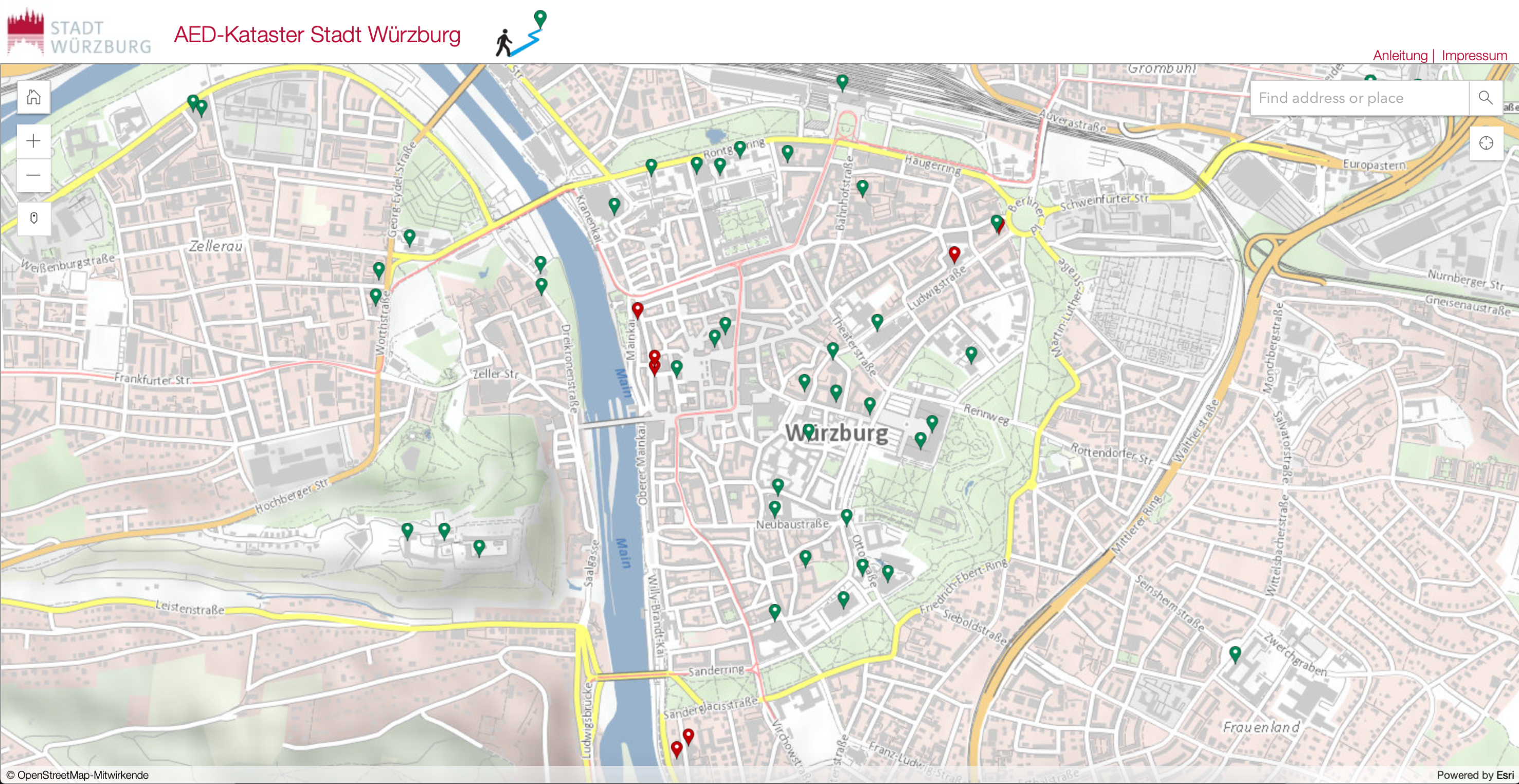
Nicki Weimert’s web app, showing locations of defibrillators in the city of Würzburg
Alyson Lloyd, University College London
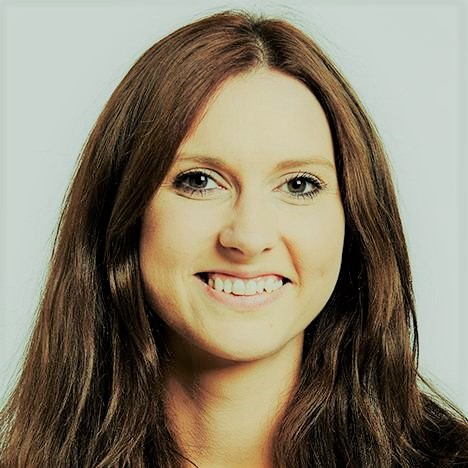
Alyson’s thesis presents an exploration of a loyalty card dataset obtained from one of the most prominent UK high street retailers. The dataset provides a unique opportunity to study the dynamics, potentialities and limitations when applying such data in a research context. The work aims, firstly, to address issues of uncertainty surrounding novel consumer datasets by quantifying their inherent representation and data quality issues, and secondly, to explore the extent to which we may enrich our current knowledge of spatiotemporal population processes through the analysis of consumer activity patterns.
Alyson’s research made a decisive contribution towards evaluation of the provenance of the consumer Big Data that account for an increasing real share of all of the data that are collected about citizens today. Her contribution was to painstakingly assess and evaluate issues of content and coverage in relation to the store loyalty programme of a major UK high street retailer. She used GIS to uncover the vagaries and uncertainties that are inherent in this important class of Big Data, and provided practical guidelines for managing them. Alyson continues to use her GIS skills in relation to consumer data, having worked since graduation for the Asos UK clothing retailer.
Gavin Schag, San Diego State University
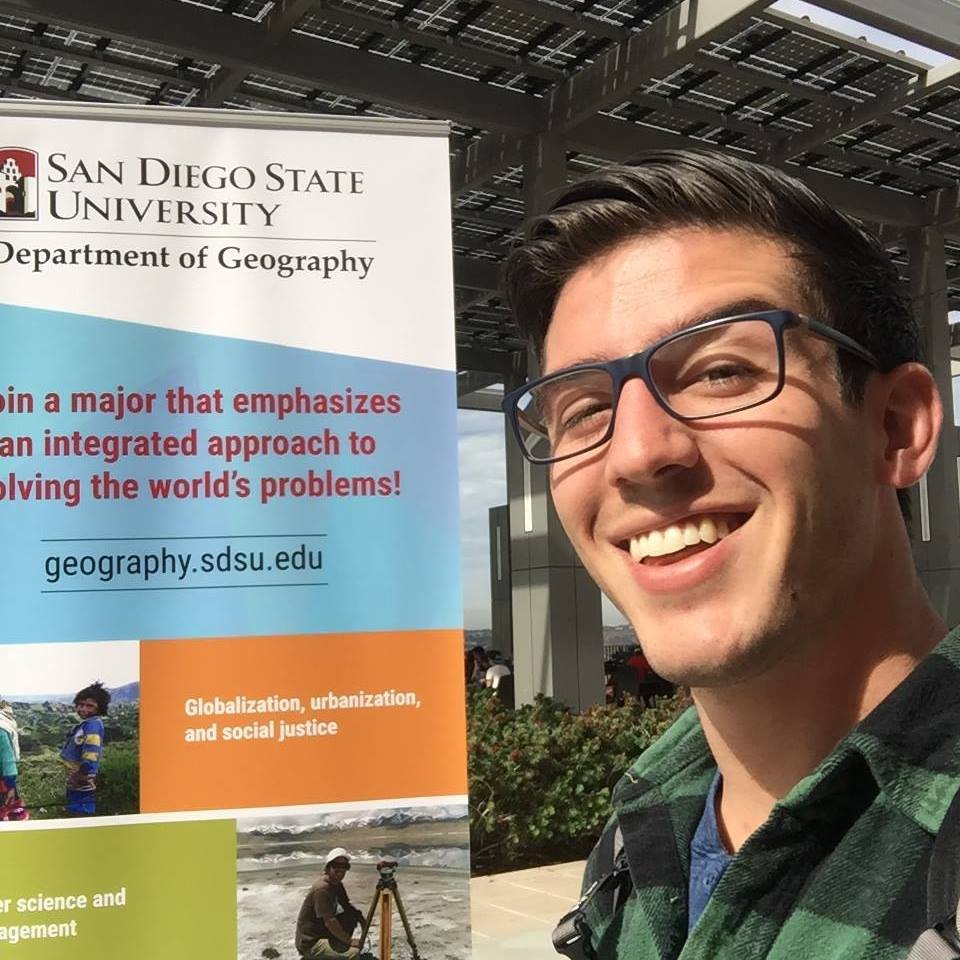
Gavin is pursuing a Masters degree in Geography – GIS, specializing in Remote Sensing, geographic information systems, image processing, terrain model processing, and spatial data analysis. His thesis is titled “Evaluating Landscape-Level Controls of Wildfire Spread Rates Using Repetitive Airborne Thermal Infrared (ATIR) Imagery.”
Coleman Shepard, University of Minnesota
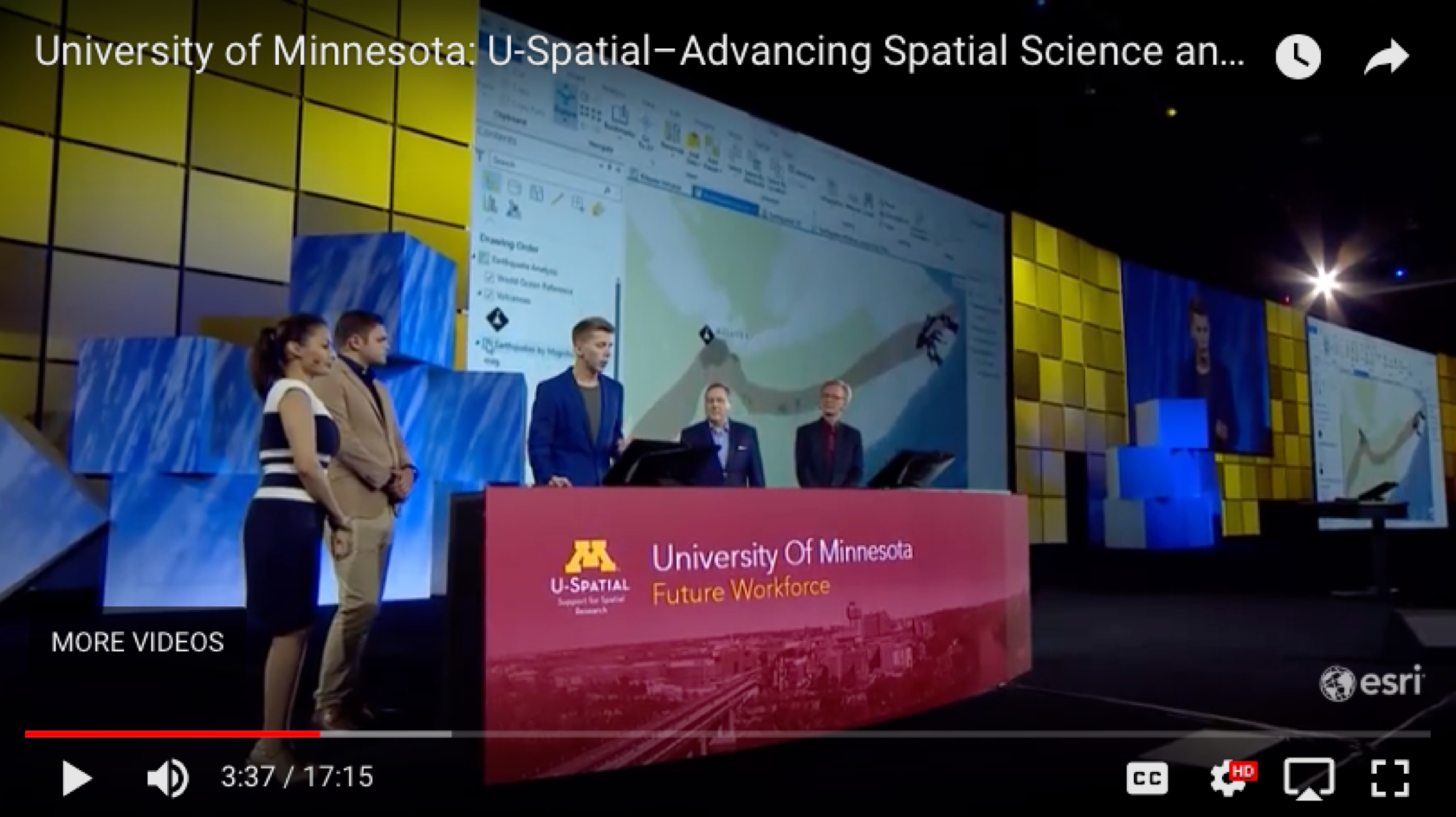
Coleman Shepherd presents with University of Minnesota colleagues at the 2018 Esri User Conference plenary session.
Coleman earned a B.A. in geography, and a minor in GIS, at the University of Minnesota. He will complete the MGIS degree program in 2019. He started working at U-Spatial while an undergraduate, and acquired a broad skillset for GIS development work—Python, JavaScript, SQL, PostGIS, Oracle Spatial, and Esri’s APIs for JavaScript and Python. He quickly became one of the core developers at U-Spatial, working on a number of projects. Coleman’s other experiences include work as a volunteer for the United Nations, as an NSF REU (Research Experience for Undergraduates) fellow at the Spatiotemporal Innovation Center at George Mason University, and as a Professional Services Intern at Esri. He appeared on the “big stage” at the 2018 Esri User Conference Plenary Session presenting some of the work he was helping with while at Esri.
Ronald “Todd” Harrington, University of Wisconsin-Madison
Todd earned UW-Madison’s Masters degree in GIS & Web Programming while serving as Manager of Engineering & Operations Support at Union Power Cooperative in North Carolina. Representative of his outstanding work is a web app that supports visualization and analysis of power outages across the Cooperative’s territory.
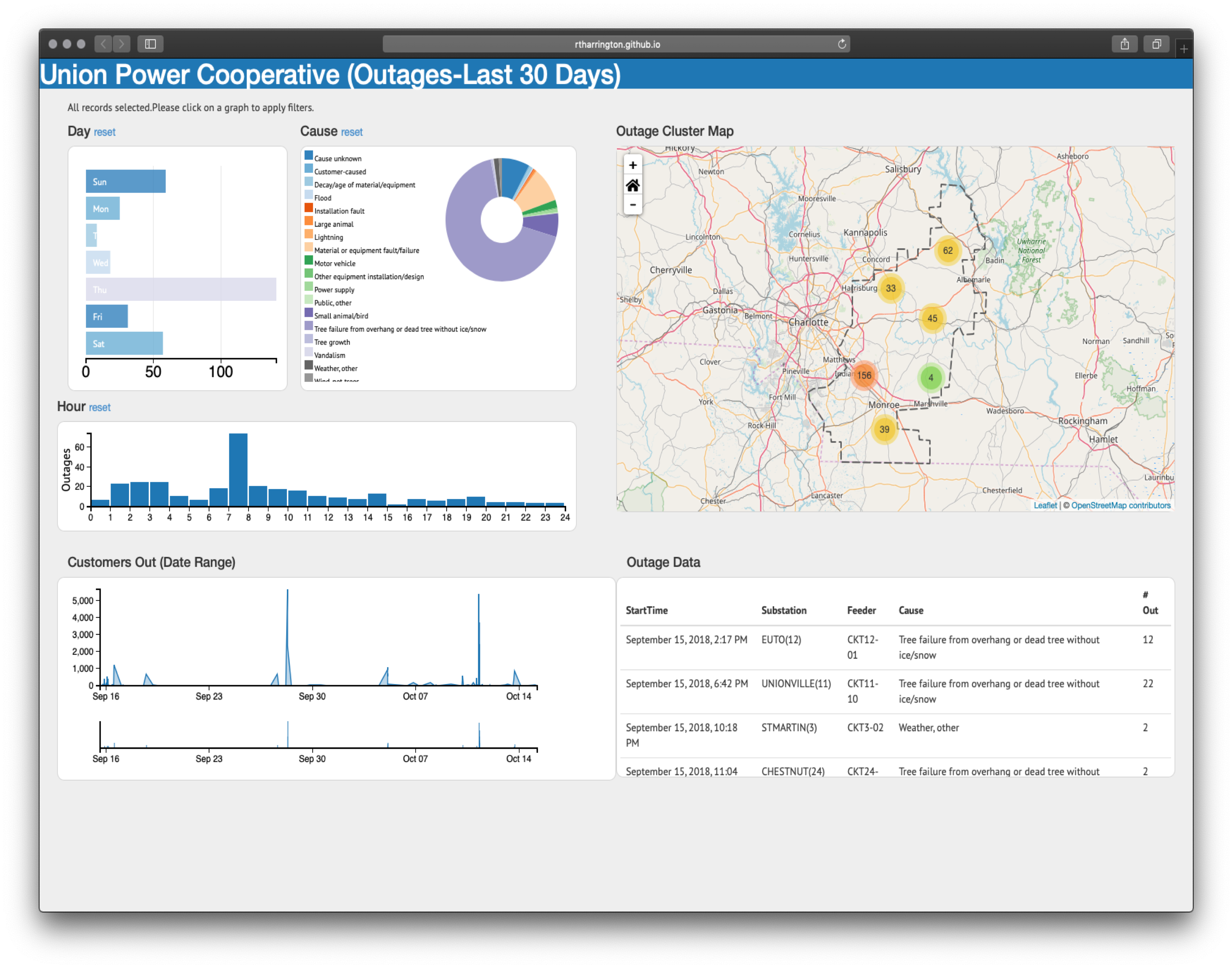
Joshua Starner, Virginia Tech
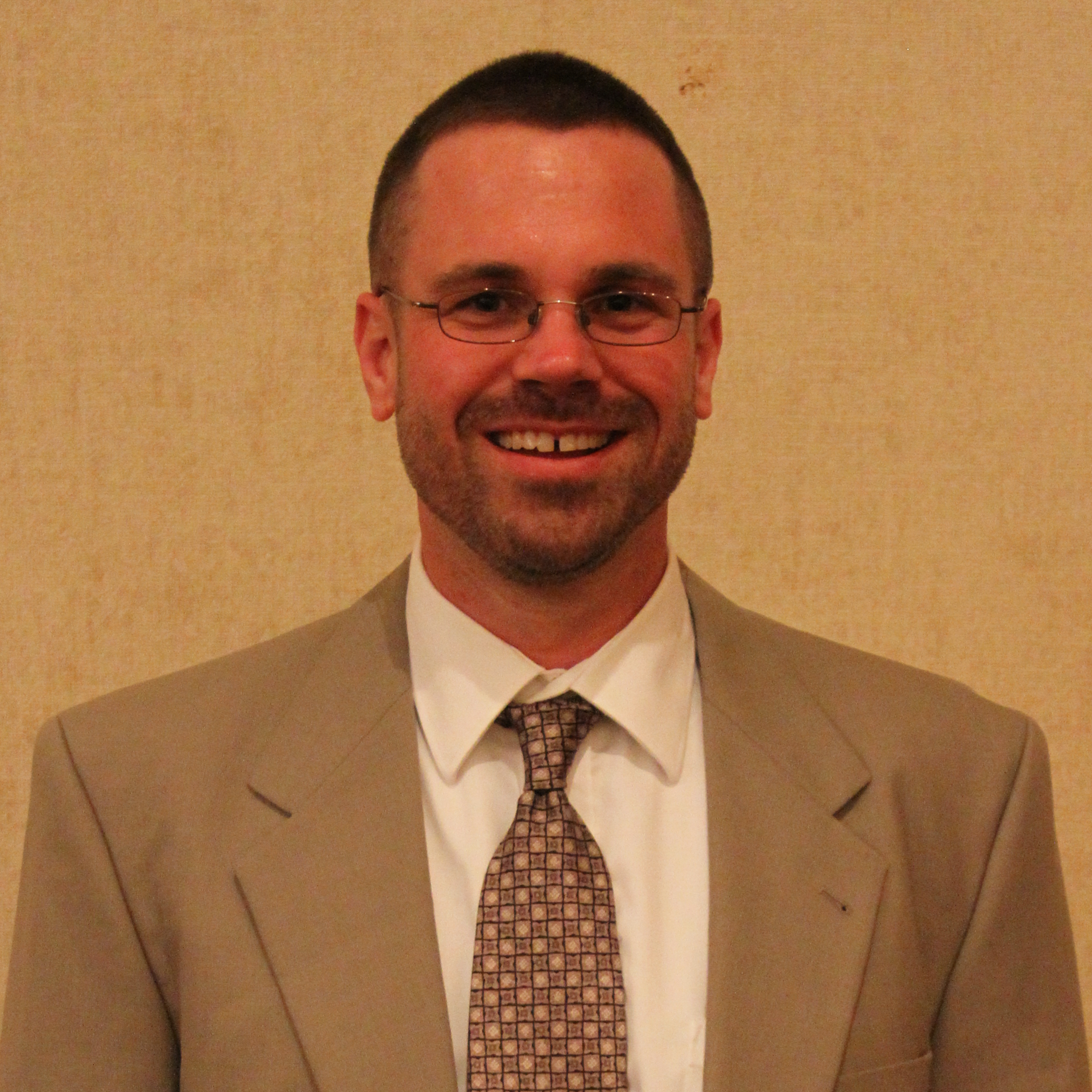
Josh’s Master’s thesis is on the “Convenience Factor” of owning an electric vehicle. He wants to compare the routes generated by ArcGIS Network Analyst with those that are generated by the Tesla on-line app to look for time and distance convenience. Because the Tesla app is a secret (proprietary) algorithm, Josh spent the last year developing a Network Analyst application that adds optional stops using Python scripting. The completed app allows him to do the routing by removing the variables in the software and algorithms. His research questions include:
- Are there routes in the US (or sub-regions) that cannot be completed as a continuous trip in a BEV?
- Is there an increase in travel time or distance when traveling in a BEV between the same origin and destination as compared to an internal combustion engine vehicle?
- Can the differences be resolved by incorporating optimal vehicle range into EV charger placement strategies?
As Internal Combustion Engine refueling is fairly quick and available almost everywhere, and EV charging is slower and not available widely at this stage of network evolution, the basic methodology will take random trips beyond the range of a typical BEV and compute the distance and time for them under both the normal and the optional stops algorithms in network analyst. From those results, he will measure convenience as the ratio of the times and distances between the two technologies and develop a convenience surface for the southeastern U.S.
Congratulations to all students and faculty for this exceptional work.
You must be a registered user to add a comment. If you've already registered, sign in. Otherwise, register and sign in.
-
Administration
78 -
Announcements
80 -
Career & Tech Ed
1 -
Curriculum-Learning Resources
258 -
Education Facilities
24 -
Events
72 -
GeoInquiries
1 -
Higher Education
595 -
Informal Education
281 -
Licensing Best Practices
91 -
National Geographic MapMaker
33 -
Pedagogy and Education Theory
225 -
Schools (K - 12)
282 -
Schools (K-12)
272 -
Spatial data
35 -
STEM
3 -
Students - Higher Education
245 -
Students - K-12 Schools
128 -
Success Stories
36 -
TeacherDesk
1 -
Tech Tips
118
- « Previous
- Next »